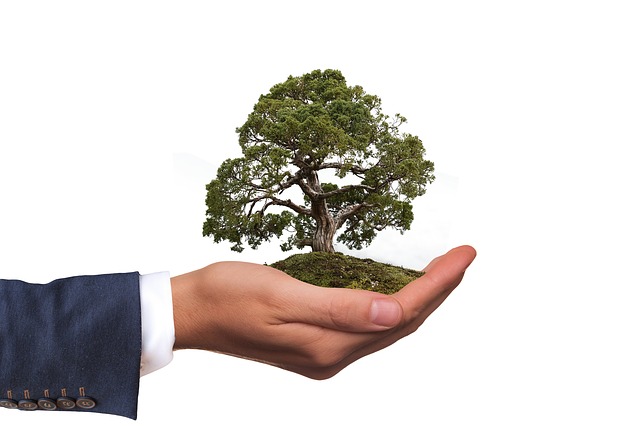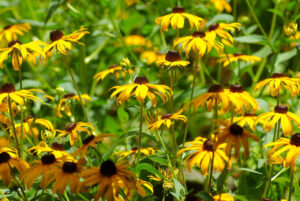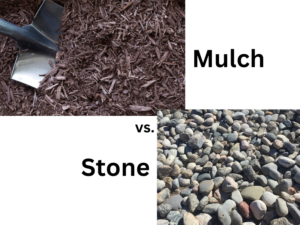Do you want to practice eco-friendly landscaping?
Sustainable landscaping methods are gentle towards our planet. This is in stark contrast to conventional practices that often pose harm to the environment. Fortunately, as Grow PM points out, a greener and kinder way of landscaping is in the reach of all homeowners.
In this article, we’ll list the top ideas on how you can create eco-friendly landscaping on your property. After reading this, you should be ready to practice the art (and science) of sustainable landscaping.
What makes landscaping eco-friendly?
First of all, let’s look at the core principles of eco-friendly landscaping:
- Cut the number of polluting particles in our soil, water, and atmosphere
- Maintain domestic landscapes to limit environmental effects
- Keep in mind the health and wellbeing of visible and hidden wildlife
- Open up recreational areas to form healthy habits and enjoy wellness activities
Eco-friendly landscaping has many synonyms. You may encounter the same concept based on these principles under the following terms:
- Environmentally-friendly landscaping
- Eco landscaping
- Conscious landscaping
- Environmentally thoughtful landscaping
Now, let’s move on to practical ideas for your eco-friendly landscaping plans:
#1: Install a living wall
Living walls, also known as green walls, gain more popularity with every passing year. This landscaping technique creates a garden using the empty walls in your yard. The result is a lush and attractive wall and adds a unique appearance to your yard.
One of the common approaches involves using planters and containers that are secured against the wall. In addition to beautiful flowers, you could grow fragrant herbs that will find use in the kitchen.
#2: Reuse landscaping materials
You’ll help our planet and save money when you opt for reusable landscaping materials. For example, natural stone can easily be reused in a variety of settings. The same applies to glass, pottery shards, tile, and landscape timber.
Do you have a fire pit that isn’t used anymore? Here’s another way to reuse landscaping components. You could convert it into a stunning flower bed. Just remove the ash and add iron sulfate to counter the high alkalinity.
#3: Grow native plants
Go exclusively native with your greenery. There are many benefits you get to enjoy when growing native flora in your yard.
Here are some of the top reasons to prefer native vegetation:
- Better for the environment. You won’t need fertilizers and pesticides. Local varieties have a more natural resistance to pests and diseases in your area. Fewer chemicals get released into the soil and atmosphere.
- Save more money. The majority of your plants won’t require supplemental watering. The typical rainfall and sunshine patterns are enough for these plants. In turn, you’ll save money and put less strain on the environment.
- More wildlife. Native flowers, shrubs, and trees attract local wildlife. This includes birds, butterflies, small animals, and bees. You’ll help in forming a healthy ecosystem suitable to the surrounding conditions.
#4: Consider installing synthetic grass
At first glance, synthetic grass may seem like a misfit in a list of eco-friendly options. However, the opposite could be true if you choose a non-toxic synthetic grass produced by a responsible company.
Here are the major benefits of synthetic grass:
- There is zero need for fertilizers.
- You won’t have to water the lawn.
- A considerable amount of time is saved on maintenance.
- Less use of your lawnmower that releases toxic chemicals into the atmosphere.
- Not using pesticide and herbicide leads to environmental protection.
- Some areas offer rebates for synthetic grass use.
#5: Install a sprinkler system
Even if you have native plants in your yard, sometimes there is a pressing need for irrigation. In this case, you can pick more efficient ways to maintain the healthy look of your trees and shrubs.
Installing a sprinkler system is a greener option than using a garden hose. You can set the appropriate water pressure and correct timing. These systems allow you to practice drip irrigation as well.
Drip irrigation is an energy-efficient method. The dripping water targets the plant roots, not the foliage. Deep soaking lowers the risk of shallow root formation. Shallow root type is something you want to avoid. It is associated with drought vulnerability and pest problems.
In a nutshell: Eco-Friendly Landscaping Ideas
Green landscaping is a rising trend. Every homeowner has options to leave a cleaner, healthier planet for the following generations.
There are numerous practical steps you can take to make your landscaping efforts eco-friendly.
Here are our top recommendations for sustainable landscaping practices:
- Grow native plants in your yard
- Introduce non-toxic synthetic grass for environmental benefits
- Install a living wall to grow herbs and flowers
- Reuse landscaping materials, such as glass, natural stone, and landscape timber





